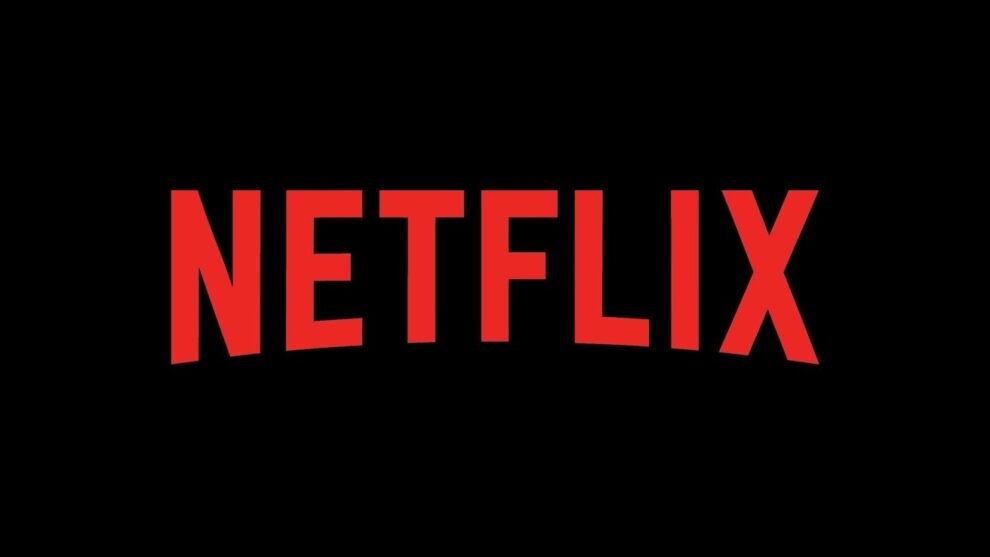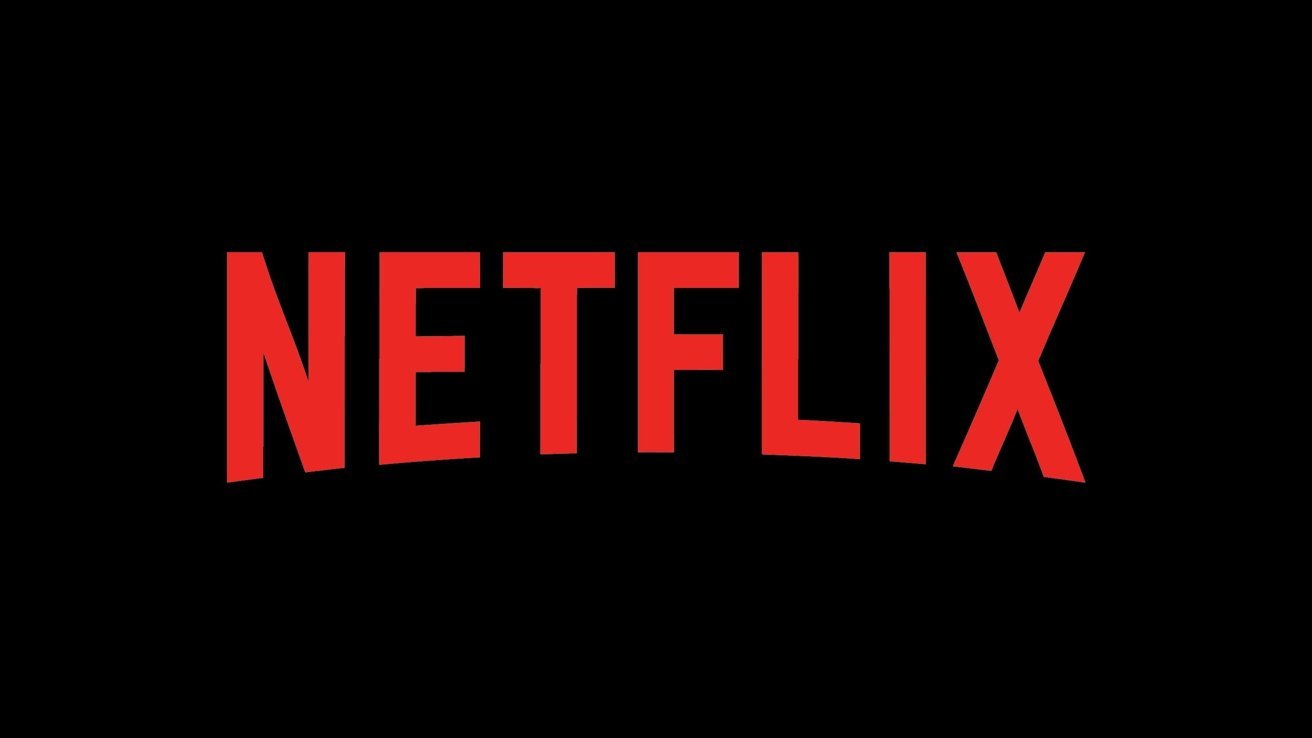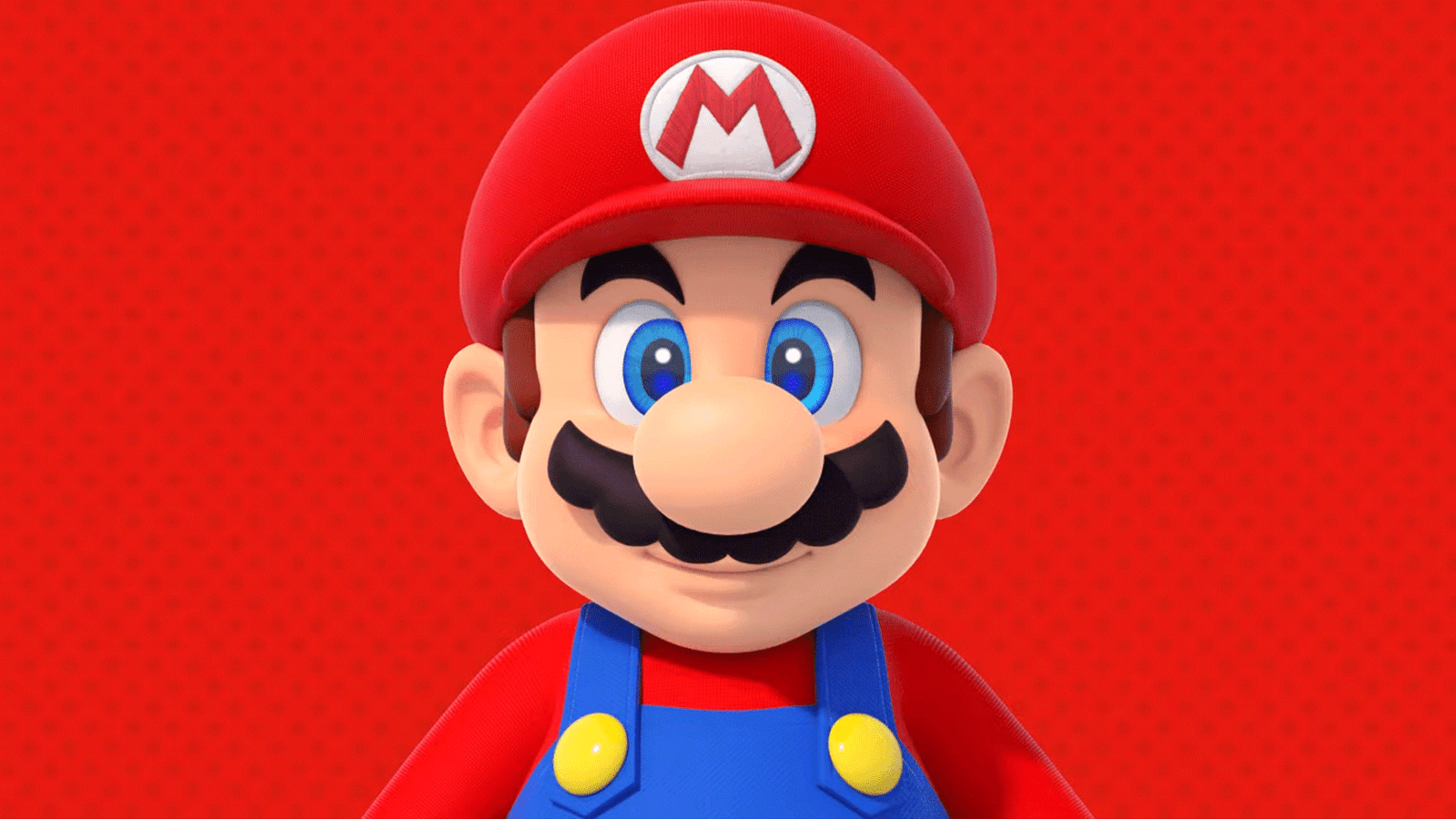Netflix has officially confirmed that it will no longer allow legacy subscribers to pay for their subscriptions through Apple’s billing system. This change signifies a significant shift in how users will manage and pay for their Netflix subscriptions, especially for those who have been using Apple’s payment system for convenience and security.
Key Highlights:
- Netflix discontinues Apple billing for new, rejoining, and now, legacy subscribers.
- Existing iOS subscribers affected if they cancel and then wish to rejoin.
- Move aims to bypass Apple’s fees on in-app purchases.
- Users directed to Netflix’s website for subscriptions, avoiding the App Store cut.
- The decision reflects a broader trend of app developers seeking to retain a larger share of subscription revenues.
Direct Payment Strategy
Netflix’s decision to cut off Apple billing is part of a broader strategy to encourage direct payments, thereby bypassing the fees imposed by app stores. Apple, for instance, takes a 15% cut from subscription fees for apps like Netflix, a significant portion especially for a service with millions of subscribers globally. By directing subscribers to sign up and manage their accounts directly through Netflix’s website, the streaming giant can retain more of its revenue.
Implications for Subscribers
For subscribers, this means a slight adjustment in how they manage and pay for their Netflix subscriptions. Legacy users, who previously enjoyed the simplicity of billing through their Apple account, will now need to ensure they have an alternative payment method set up directly with Netflix. This change is expected to inconvenience some users, but Netflix is likely betting that the value of its service will keep subscribers on board despite the extra step.
Industry-Wide Trend
Netflix’s move away from Apple billing is indicative of a larger trend among app developers and service providers. Many are now seeking ways to avoid the fees associated with the major app stores, which can eat into their profits. This trend reflects the growing tensions between app developers and the tech giants that control the major app marketplaces, as each party looks to maximize their share of revenue from digital services and content.
Netflix’s Strategic Shift
The shift away from Apple billing marks a significant strategic move for Netflix. As the streaming market becomes increasingly competitive, with numerous services vying for viewers’ time and money, retaining a larger portion of subscription revenue is crucial for Netflix’s growth and sustainability. This change also comes at a time when Netflix is exploring new ways to attract and retain subscribers, including the introduction of ad-supported subscription tiers and enhanced content offerings.
User Experience and Financial Implications
While the move to direct billing may pose an initial inconvenience for some users, it could also lead to a more streamlined and direct relationship between Netflix and its subscribers. This change might offer Netflix greater flexibility in offering promotions, discounts, and customized subscription packages that were not feasible under the Apple billing system due to Apple’s rules and fee structure
Netflix’s decision to end Apple billing for legacy subscribers is a bold step towards greater financial autonomy and control over the subscriber experience. By encouraging direct payments, Netflix not only avoids the substantial fees imposed by Apple but also gains the ability to manage its relationships with subscribers more directly. This change, while requiring an adjustment from users, underscores Netflix’s commitment to maintaining its leadership position in the streaming industry by ensuring it can invest as much revenue as possible back into content creation and service improvements. It’s a reminder of the ongoing evolution in how digital services are marketed, sold, and managed in an increasingly app-dominated world.



















